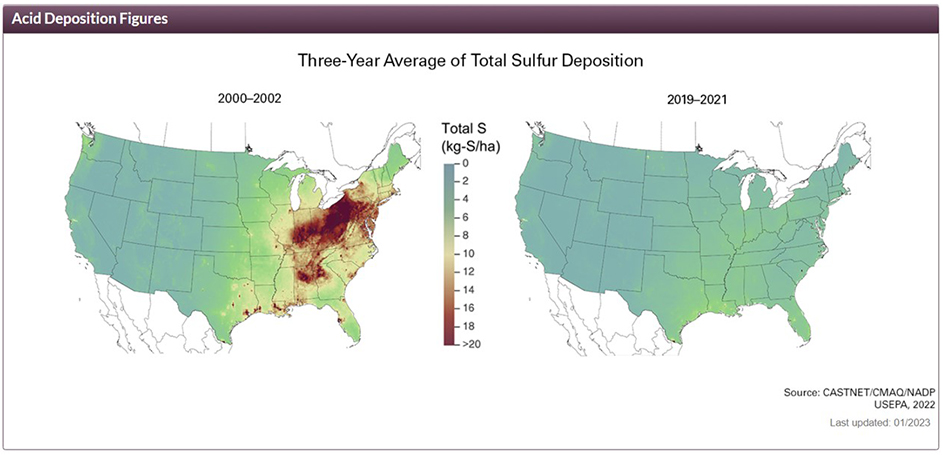Sulphur Deficiency Sources and Symptoms
Sulphur is an important plant nutrient necessary to produce bountiful food crops. Grains, fruits and vegetables and pasture crops all need sulphur to sustain growth. Visual cues and soil tests can be used to identify potential sulphur deficiencies.
Sources of Sulphur Deficiency
Historically crops got their sulphur from the environment via SO2 gas from industrial processes entering the sulphur cycle in large quantities. Today, crops aren’t receiving the necessary amounts of sulphur from the atmosphere alone. Why the change? Regulations altering the composition of fuels and other pollution controls improved air quality for humans but lowered the amount of sulphur compounds available in the atmosphere for plants.
Also impacting sulphur availability is the increasing scale of agriculture. More sulphur is removed from the soil as a result of an increase in agricultural production by increasing fertilizer use, intensifying cropping systems, promoting high-yield crop varieties, and improving irrigation.
Further, less sulphur is added to the soil due to the increasing proportions of high-analysis, sulphur-free fertilizers, such as urea, diammonium phosphate (DAP), and potassium chloride; decreasing use of traditional organic manures; and reduction in use of sulphur-containing fertilizers.

Detecting Sulphur Deficiency
Soil Analysis: A number of chemical methods have been developed and tested for estimating the available sulphur status of soils. The important thing is the selected method should be accurate, precise, rapid and highly correlated with crop response to sulphur application. The most often used method in India and some other places involves extraction of soil sulphur with 0.15 percent solution of CaCl2. Soils containing less than 10 ppm sulphur are considered to be low or deficient in plant available sulphur by this method. Globally, monocalcium phosphate is also a popular extrant.
Plant Analysis: Plant analysis is carried out by standard analytical methods. Normally leaves of cereal plants containing less than 0.2 percent sulphur are considered to be deficient in sulphur and require sulphur application for optimal growth and yield production. The optimal sulphur concentration in growing plants is usually higher for legumes and cruciferous crops than for cereals.
Sulphur Deficiency Symptoms in Plants
Whenever the sulphur status of growing plants drops below the critical level required, visual symptoms of sulphur deficiency start appearing on the plant. The appearance of such symptoms indicates a serious condition because crop yields can decrease even without the appearance of such symptoms.
Sulphur deficiency symptoms in many ways resemble those of nitrogen - that is, the leaves become pale-yellow or light-green. Unlike nitrogen, sulphur -deficiency symptoms appear first on the younger leaves, and persist even after nitrogen application. In cotton, tobacco and citrus, some of the older leaves are affected first.
Plants deficient in sulphur are small and spindly with short and slender stalks, their growth is retarded, maturity in cereals is delayed, nodulation in legumes may be poor and nitrogen-fixation reduced, fruits often do not mature fully and remain light-green in color, forages contain an undesirably wide N:S ratio and thus have lower nutritive value.
When sulphur deficiency symptoms have been confirmed, soil application through a material containing readily available sulphur should be applied.